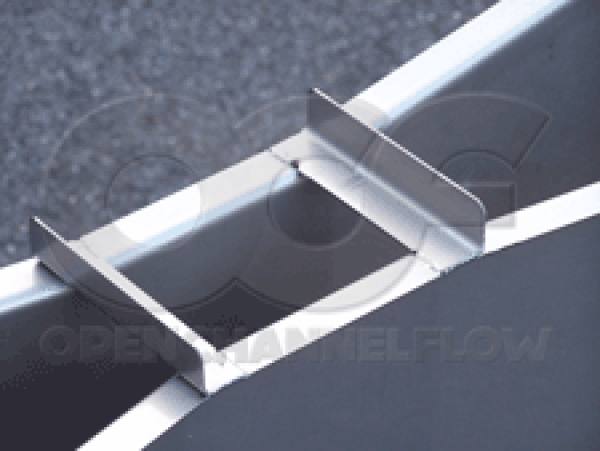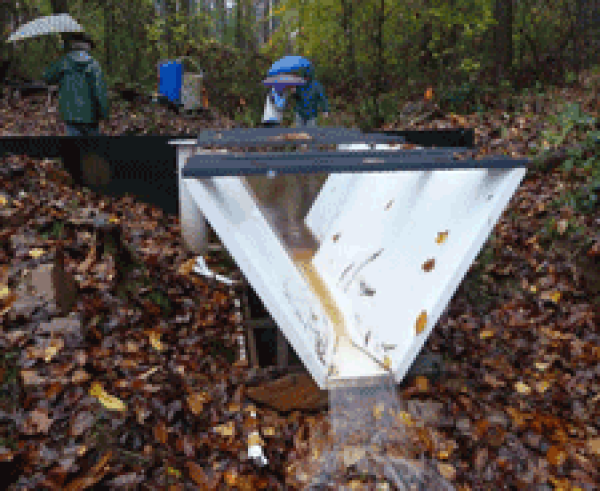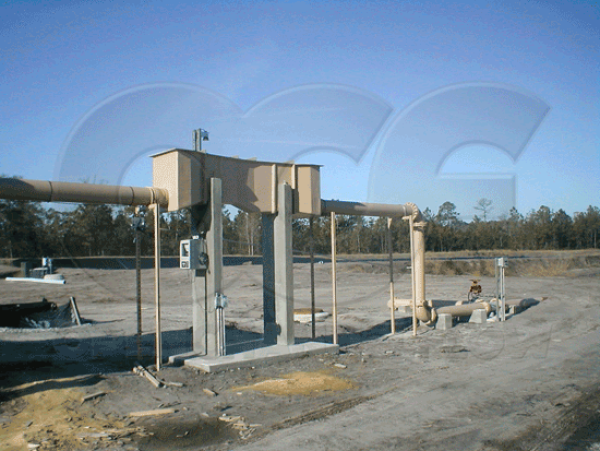This website uses a variety of cookies, which you consent to if you continue to use this site. You can read our Privacy Policy for
details about how these cookies are used, and to grant or withdraw your consent for certain types of cookies.
Category - Flumes
Blog

Galvanized Steel Parshall Flumes for Irrigation Channels
The use of galvanized steel Parshall flumes is common in measuring water rights on irrigation channels. So much so they are almost the default flume / material of construction! In fact, some states specify the use of Parshall flumes by law for certain situations and…

The 4" Parshall Flume
Of all the various sizes of Parshall Flumes that we offer, the 4-inch Parshall flume is one of the most popular. Whether in fiberglass, galvanized, or stainless steel, we get a lot of inquires for this particular size. There’s only one problem…the 4-inch Parshall…

Simplified Trapezoidal Flume Discharge Equations
One of the problems in applying Trapezoidal flumes has been that many of the flumes lack free-flow discharge equations in the standard (and short) format availale for other popular flumes.
A solution to this problem in presented by Utah State University...

How Much Do Fiberglass (FRP) Parshall Flumes Cost?
Since the Parshall flume is the most commonly applied flume in North America and fiberglass the most common material, it is not uncommon when talking with a customer for the first time to be asked: so how much does a fiberglass Parshall flume cost anyway? Finding out this…

Universal Equation for Parshall Flume Submergence
In the past, calculating the flow in a submerged Parshall flume has been difficult. The solutions available were graphs (Robinson, Bureau of Reclamation), limited (size) equations (Wahl), or long, complex equations (ISO 9826:1992). A better solution was need –…

Staff-Level Gauges for Water Level Measurement
Staff ("head" or "level") gauges provide a quick, visual indication of the level of water in a channel, flume, or weir. Although they should not be solely relied on when more precise level measurement devices are available, staff gauges allow operators to quickly gauge the…

Correcting Flume Hydraulics with Replacement Floors
Replacement floors (AKA “magic bottoms” or “false floors”) are a way of correcting flume hydraulics without the need for costly demolition and construction. These floors can be used to correct: Low floor elevations due to poor installation Submergence due…

Drainage from Abandoned Mines
Historically, mines were often abandoned without proper (if any) cleanup. This lack of remediation and cleanup has meant that as water rises in the mine, pollutants, sediment, and debris can all enter what can become a flow of water out of the mine. Flow monitoring…

Monitoring the Flow of Landfill Leachate
Let’s not kid ourselves – landfill leachate is some nasty stuff. If it has gone into the landfill, there is the likelihood that it has concentrated in the landfill. This environment can make it exceedingly challenging for primary devices (Flumes, Weirs, and…

Green Roof Runoff Flow Monitoring with Flumes and Weirs
Green roofs have grown in popularity in the US in the past decade. Popularized in Germany begining in the 1960's, green roofs have shown to provide benefits to the building owners and society as a whole. WIth this popularity comes a desire to best utilize the…

Stream Gauging with H Flumes
A great time lapse video showcasing the ability of the H Flume to handle a wide range of flow conditions. The video covers a six day period captured in 30 minute intervals and details the dramatic increase in flows due to a significant precipitation event. From low flows…

Parshall Flumes: Site Selection
Site selection should be viewed as only part of the requirements for a proper Parshall flume installation. While important, good site selection cannot overcome poor upstream or downstream conditions. In selecting a site, the following should be considered: Channel location…

LOCATIONS IN ATLANTA, GA & BOISE, ID

